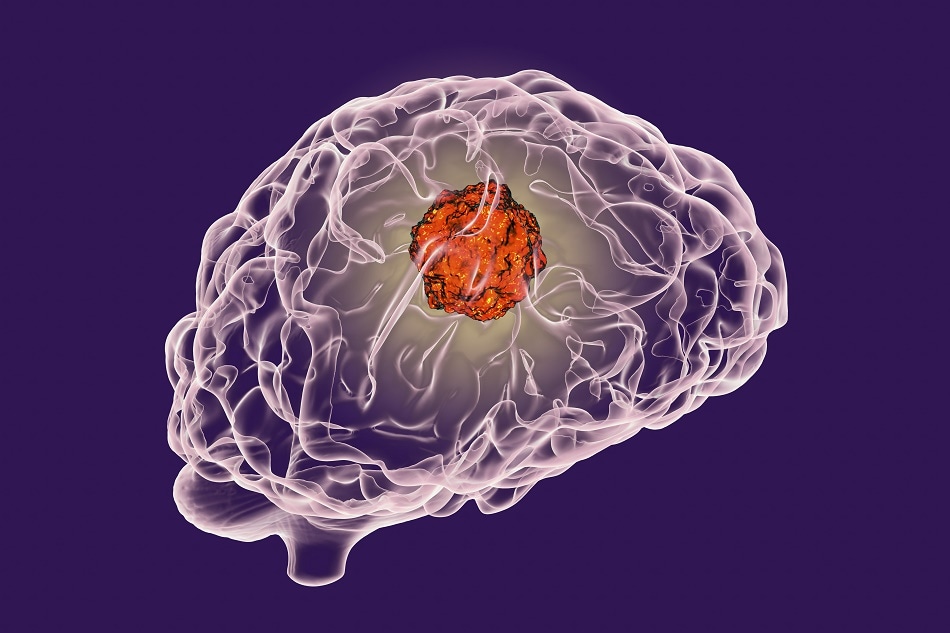
Image Credit: Kateryna Kon/ Shutterstock.com
Researchers have determined that nanoparticles in air pollution have a direct link to the development of malignant brain tumors, according to a recent study published in the journal Epidemiology.
While previous research and studies have highlighted the fact combustion-related, ultra-fine particles (UFPs) can make their way to the brain, the study led by Scott Weichenthal, an epidemiologist at McGill University, is the first of its kind to produce the direct link between nanoparticles and brain cancer.
UFPs are released into the environment via auto-vehicles burning fuel, with diesel burning engines producing more nanoparticles than others. Exposure to air with higher concentrations of these nanoparticles increases the risk of brain cancer as UFPs are known to transmit carcinogenic chemicals.
Environmental risks like air pollution are not large in magnitude – their importance comes because everyone in the population is exposed. So, when you multiply these small risks by lots of people, all of sudden there can be lots of cases. In a large city, it could be a meaningful number, particularly given the fact that these tumors are often fatal.
Scott Weichenthal, Epidemiologist, McGill University
Analyzing a broad spectrum of data, Weichenthal and his team surveyed 1.9 million medical records of adults exposed to air pollution in Montreal and Toronto between 1996 and 2016. They discovered that if the air experiences an increase of 10,000 nanoparticles per cubic centimeter there is a significant chance of an extra case in every 100,000 people. As inner-city urban environments become more populated the likelihood of more cases of brain cancer being reported becomes absolute.
According to the research, air pollutants, particularly from vehicles, can be found dispersed and spread across large populations. Therefore, exposing many individuals to harmful UFPs on a regular basis. For reasons like this, regulatory measures and new policies to reduce air pollution will play an important role in public health throughout Canada and the rest of the world. While Weichenthal stated that the parallel between brain cancer and increased presence of nanoparticles was “surprisingly consistent,” he noted it is also crucial that other researchers pursue this avenue of interest.
As previously mentioned, other avenues of research have noted the impact and affect air-pollution has on the human body: A 2016 study discovered an abundance of nanoparticles in the brain while another study, published earlier this year, deduced that the increasingly toxic air we breathe in could be detrimental to every single cell in the body.
Weichenthal believes that the recent findings are not only relevant to Toronto and Montreal but, “typical of all major cities.” What’s more, is that he and his team also took other factors into account such as obesity, smoking, location and other socio-economic factors including income.
We don’t know a lot about the causes of brain tumors, so any environmental factors we can identify are helpful in increasing understanding.
Scott Weichenthal, Epidemiologist, McGill University
The team had access to data that covered air pollution statistics across the more recent period of the study and assumed the differences between different streets and districts were the same in the past. “We think this is reasonable because major highways don’t move around,” he said. However, road traffic is persistently on the rise as household incomes increase and more people invest their time and money into purchasing private motor vehicles. Furthermore, According to WHO statistics, the growing transport sector is linked and attributed to 3.7 million ambient pollution related deaths.
The McGill team’s findings are of particular relevance as a range of global air pollution crises, including the recent crisis in Delhi, are becoming increasingly common. With transport a significant contributor to particulate air pollution and the appearance of more and more UFPs in urban environments further research is vital to convince policy makers and industry to take the necessary steps to provide cleaner air for the global population.
Disclaimer: The views expressed here are those of the author expressed in their private capacity and do not necessarily represent the views of AZoM.com Limited T/A AZoNetwork the owner and operator of this website. This disclaimer forms part of the Terms and conditions of use of this website.